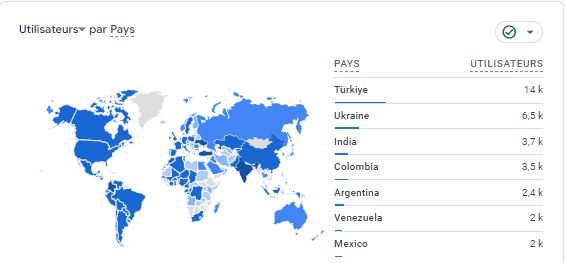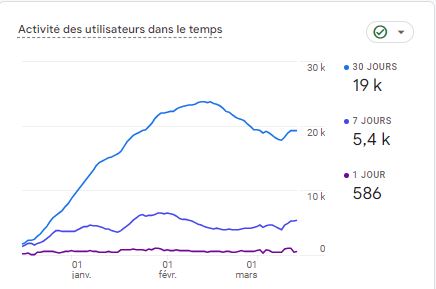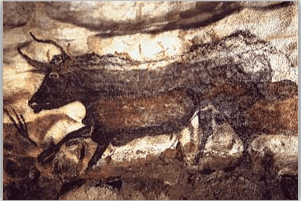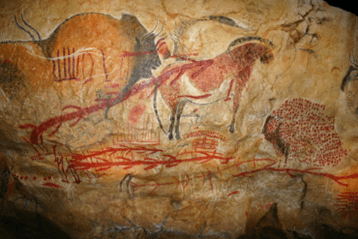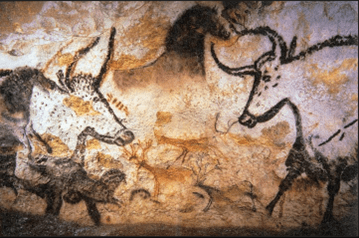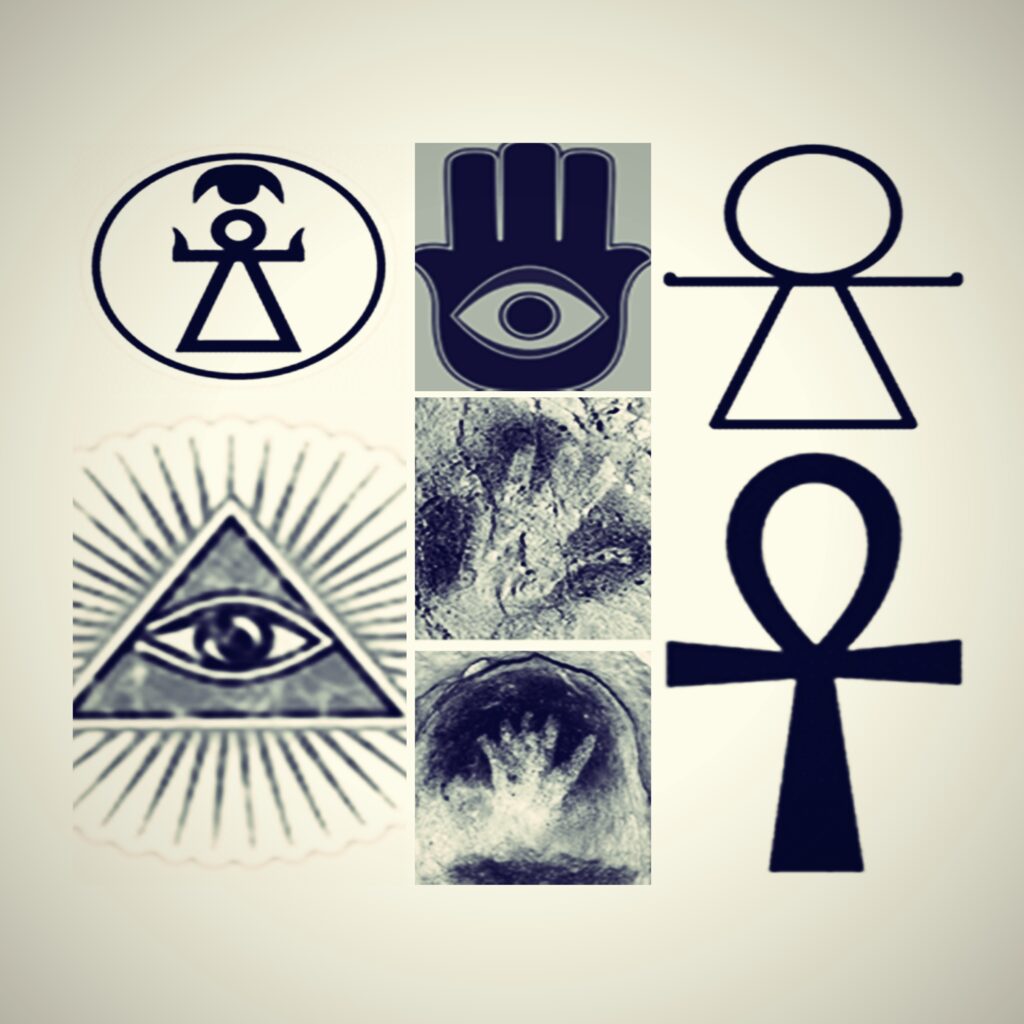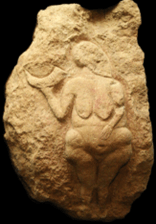- Home
- My Web TV
- Read
on line- Read on line
- Volume 1 The revelation of Genesis
- Volume 2 Introduction : A preliminary summary of the two antagonistic primordial religions
- Volume 2 Book 1 Deciphering the language of the caves
- Deciphering the language of the caves: an introduction
- Semiological demonstration / Part I: Comparison table between rupestral signs and proto-sumerian signs
- Semiological demonstration / Part II: Previous scientific research and their conclusions
- Semiological demonstration / Part III: The fundamental errors of the archaeologists
- Semiological demonstration / Part IV: A genuine and objective analysis of ideographic languages
- Examples of deciphering / The significance of the bull / auroch on the first panel of the unicorn in the Lascaux cave
- Examples of deciphering / Deciphering sign XIII of the feline diverticulum in the Lascaux cave
- Examples of deciphering / Deciphering sign III and the fish in the Pindal cave
- Examples of deciphering / Deciphering the fresco on the large panel in the Marsoulas cave
- Examples of deciphering / the deciphering of the second pettiform sign in the Marsoulas cave
- Examples of deciphering / Deciphering the fresco of the second Chinese horse in the Lascaux cave
- Examples of deciphering / Deciphering the black stag fresco in the axial diverticulum of the Lascaux cave
- Examples of deciphering / Deciphering the Y rock art sign
- Examples of deciphering / Deciphering the ideographic figure of the headless equine in the Lascaux cave
- Examples of deciphering / Deciphering the ideographic figure of the black bull in the Lascaux cave
- The direct spiritual and nominative filiation between the father of the prehistoric gods and Kish in Sumer, Gizeh in Egypt, Hatti in Hittite country
- Volume 6 Book 2 The megalithic temples of Malta, Göbekli Tepe and Stonehenge
- Published
books - Dictionary
of symbols - Preface
press review - Structure
and content - Biography
Contact
